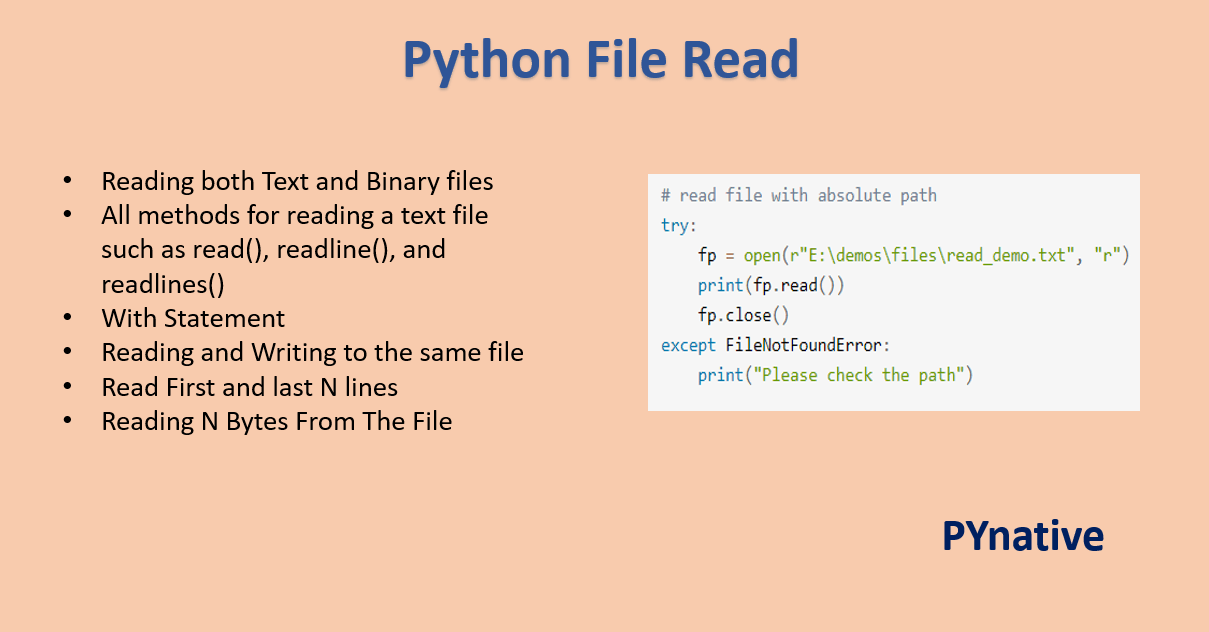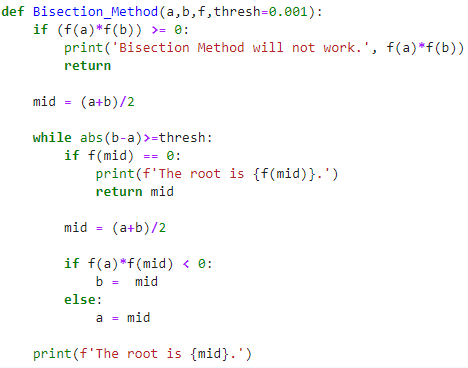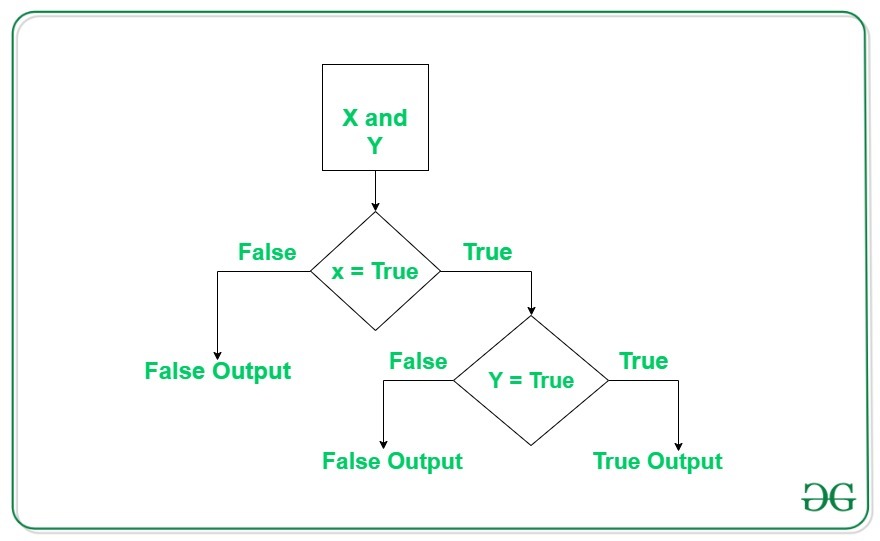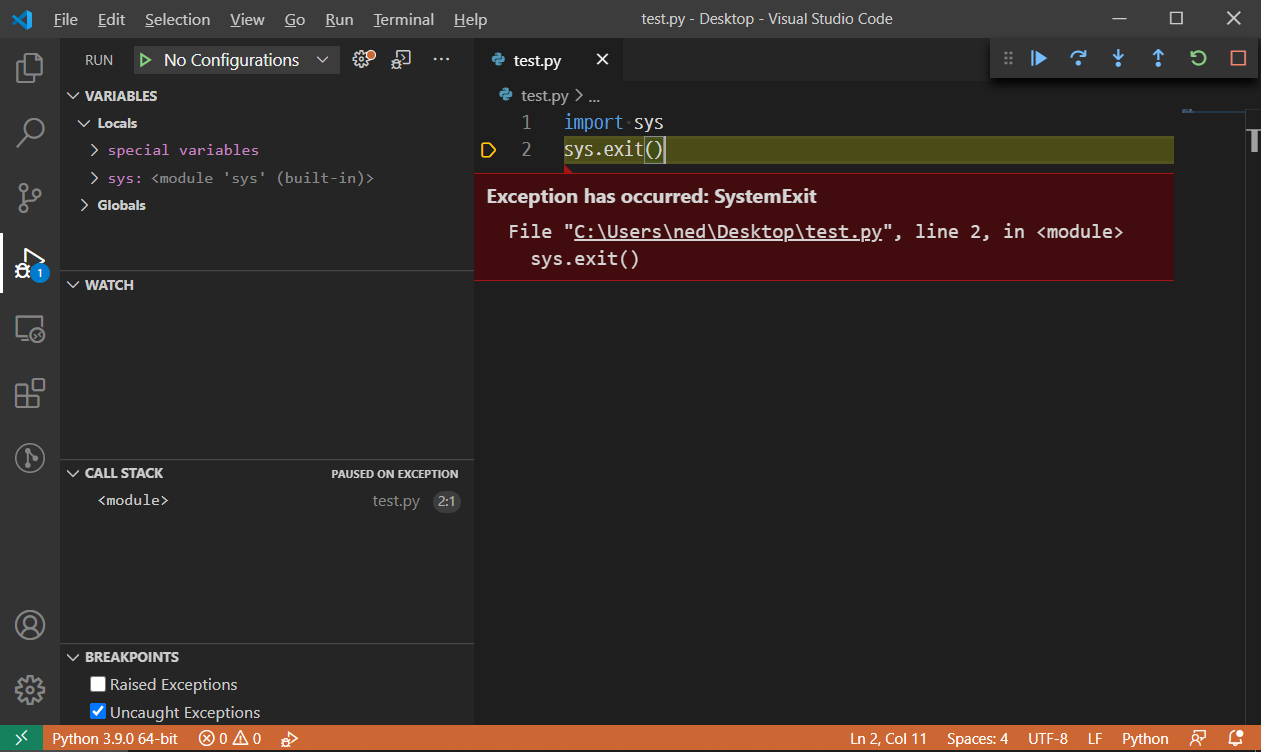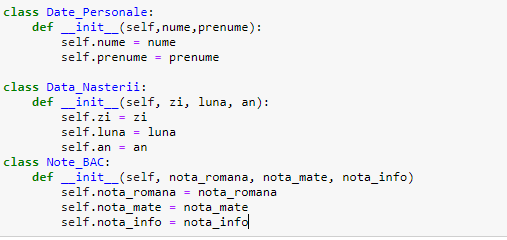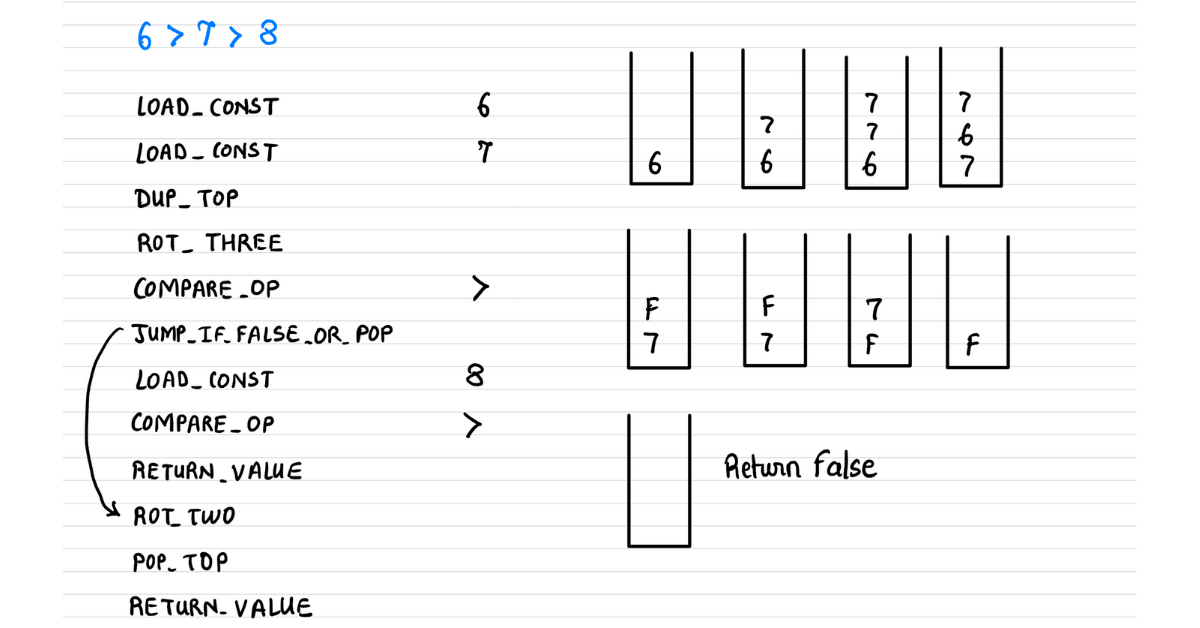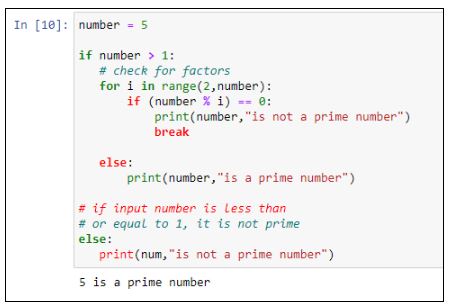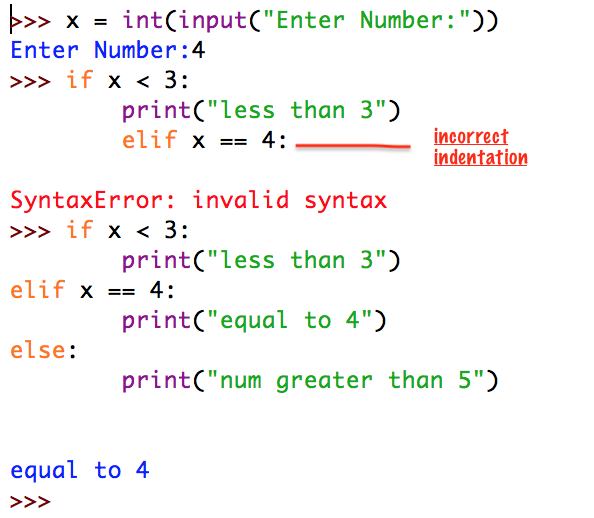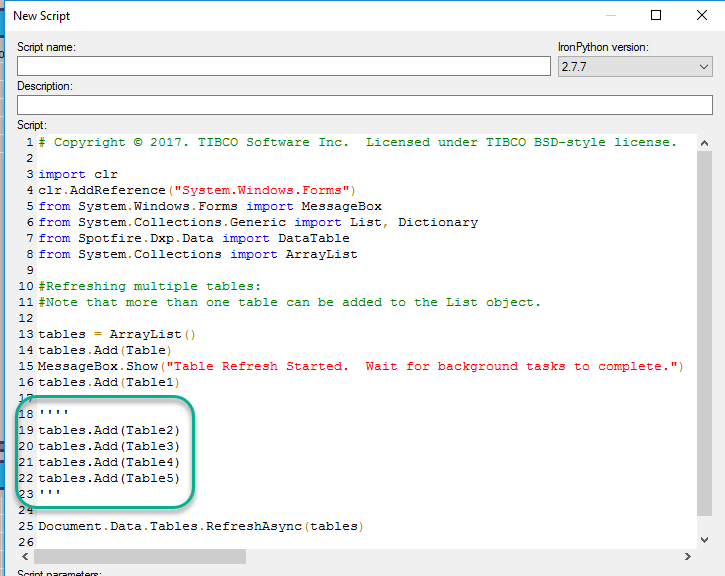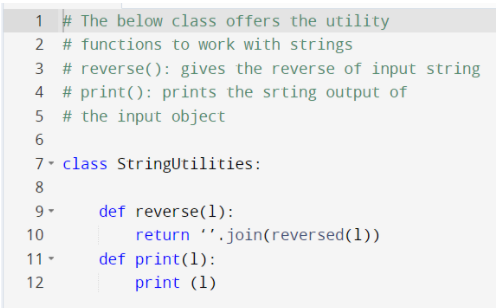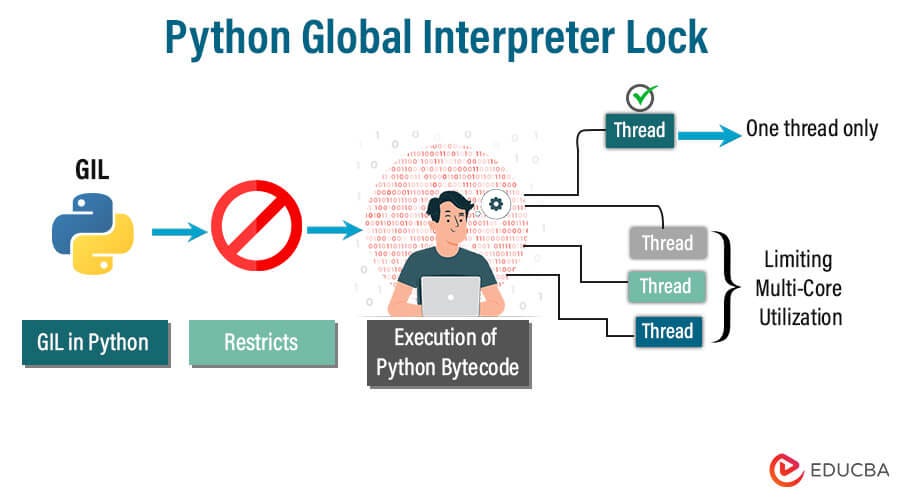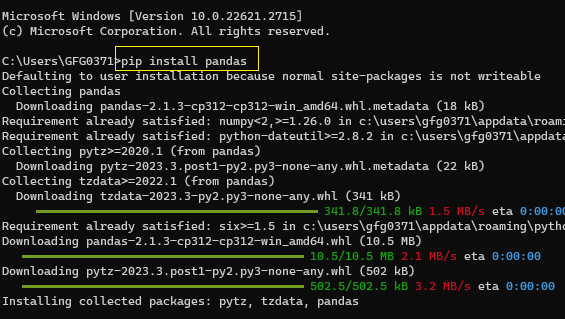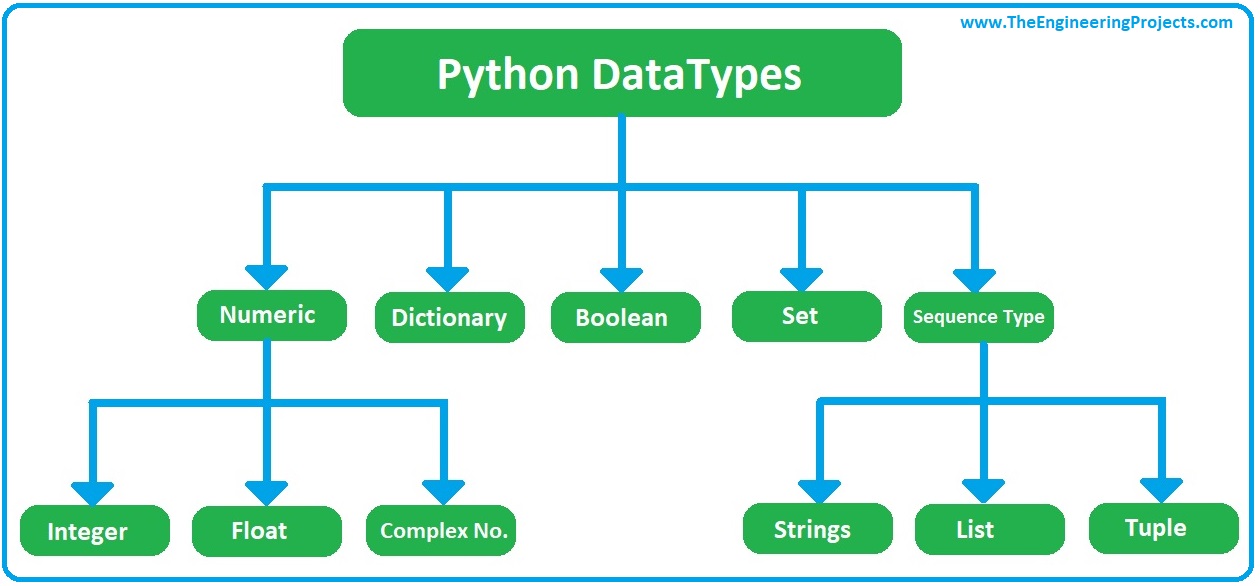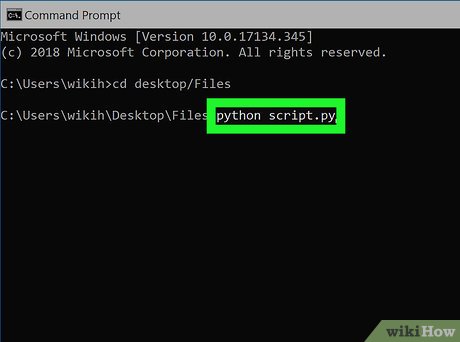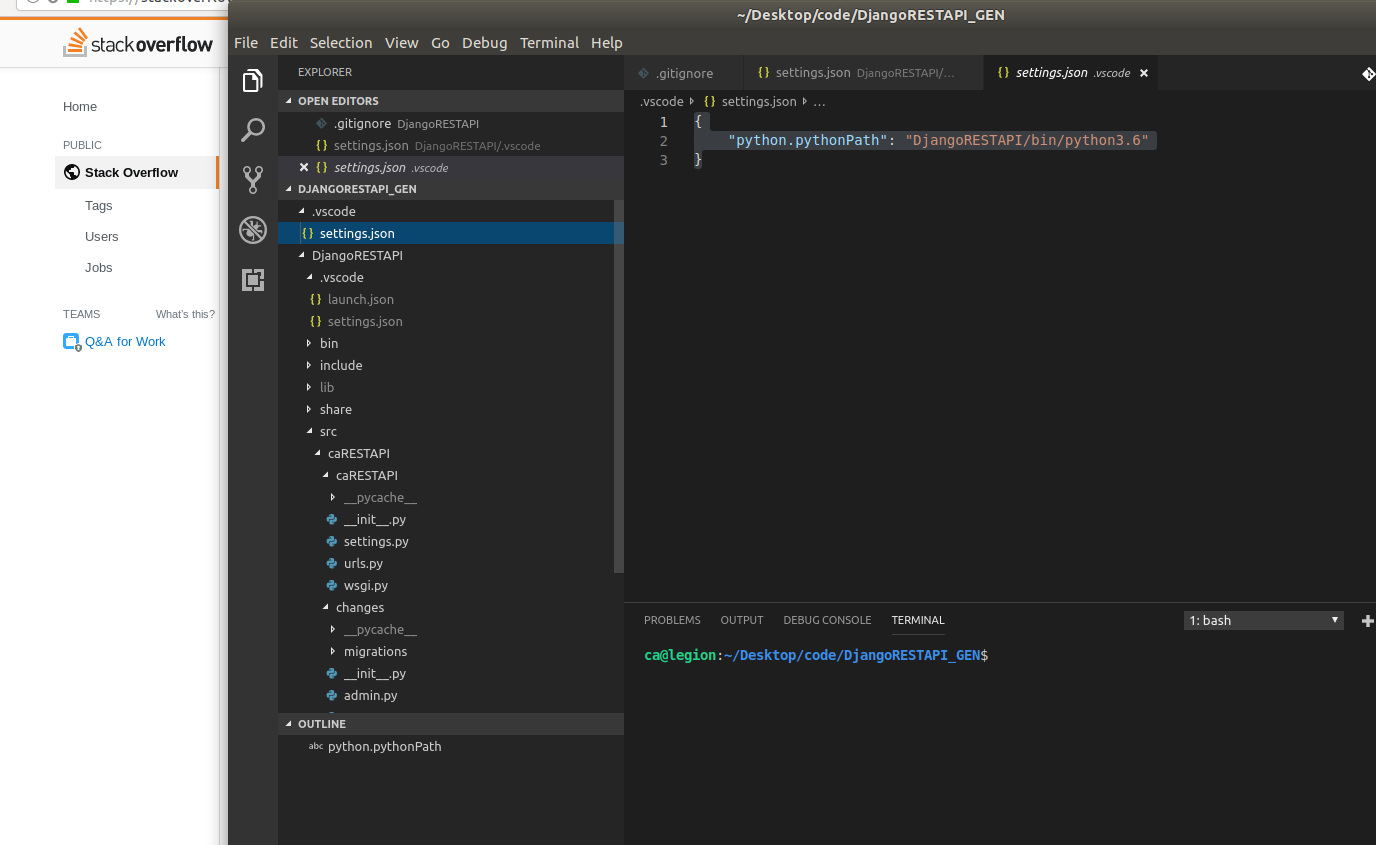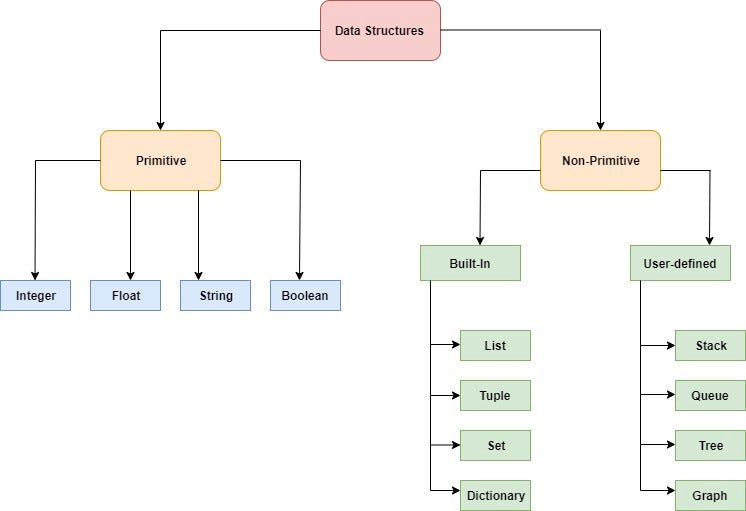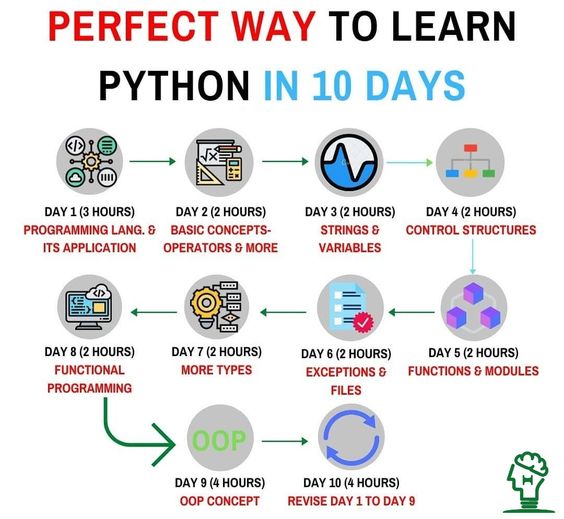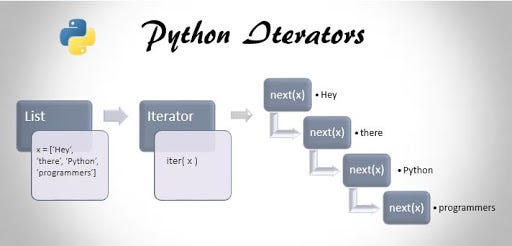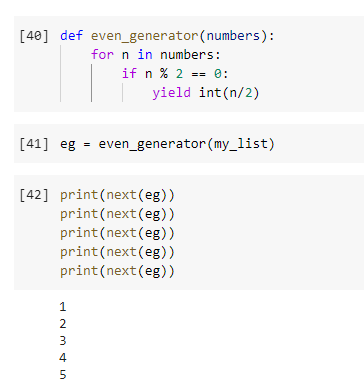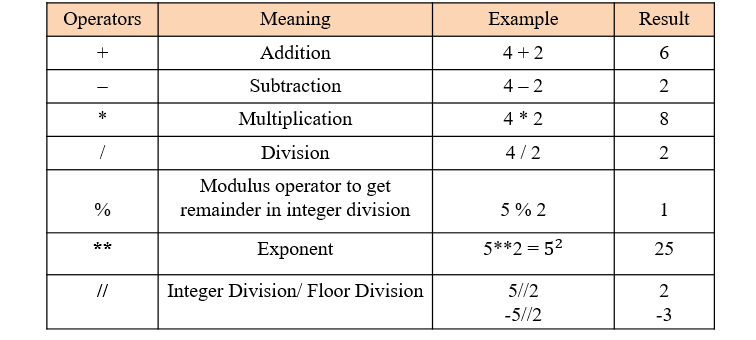Python XML to JSON
Python XML to JSON
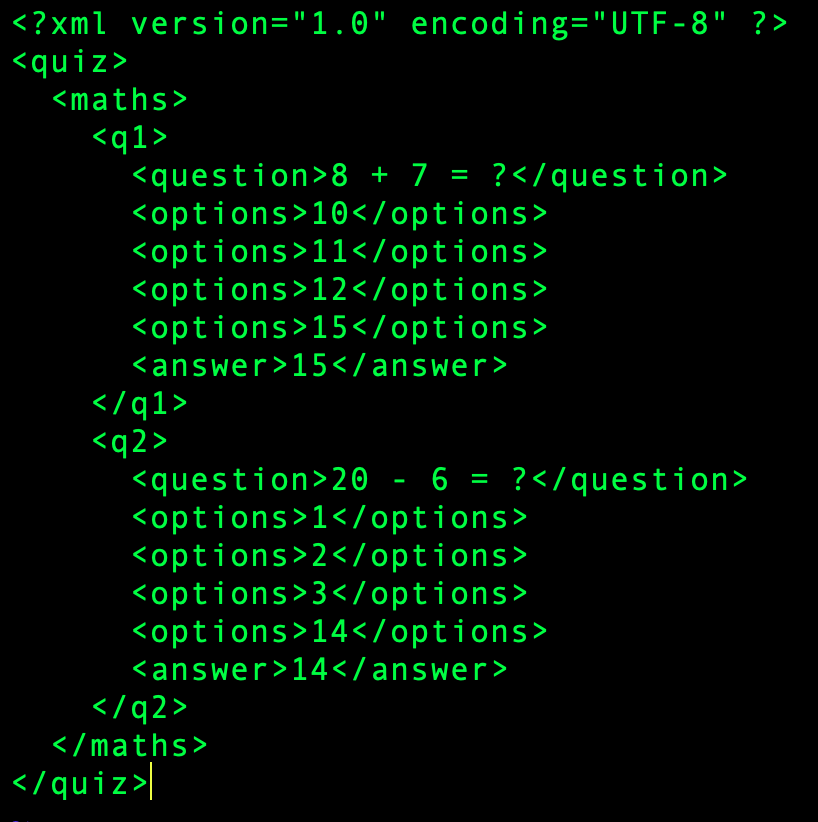
I'll make sure to respond in English and provide at least 300 words on converting Python XML to JSON.
Converting XML data to a JSON format can be useful when working with diverse data sources, as JSON is widely supported by various programming languages and platforms. In this response, we will explore how to convert XML data into JSON using Python. We will use the xmltodict library, which makes it easy to parse XML files and convert them to a Python dictionary, which can then be converted to JSON.
Here's an example of converting XML to JSON:
Suppose you have the following XML file called "data.xml":
John Doe
30
Jane Smith
25
To convert this XML file to JSON, you can use the following Python code:
import xmltodictimport json
Open and read the XML filewith open('data.xml', 'r') as f:
xml = f.read()
Parse the XML data into a Python dictionaryxml_dict = xmltodict.parse(xml)
Convert the Python dictionary to JSONjson_str = json.dumps(xml_dict)
print(json_str)
This code will output the following JSON string:
{"root": {
"user": [
{
"@id": "123",
"name": "John Doe",
"age": 30
},
{
"@id": "456",
"name": "Jane Smith",
"age": 25
}
]
}
}
As you can see, the JSON string has a similar structure to the XML file. The <root> element in the XML file corresponds to the outermost object ({) in the JSON string. The <user> elements in the XML file are represented as arrays of objects ([ { ... } , { ... } ]) in the JSON string.
Converting XML data to JSON can be useful when working with diverse data sources, as JSON is widely supported by various programming languages and platforms. Additionally, converting XML data to JSON allows you to easily share or store your data in a format that's easy for other systems to consume.
Here are some key benefits of using xmltodict and the json module:
xmltodict library makes it easy to parse XML files and convert them to Python dictionaries, which can then be converted to JSON. Fast: The xmltodict library is optimized for performance and can handle large XML files quickly. Versatile: The json module allows you to easily convert your data to JSON format, which can be used by a wide range of platforms and systems.
In summary, converting Python XML to JSON using the xmltodict library and the json module is a convenient and efficient way to share or store your data in a widely-supported format.
Python xml tutorial
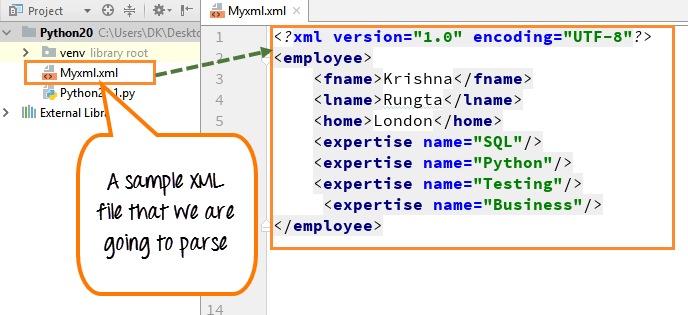
Here is a detailed tutorial on using Python with XML:
Introduction
XML (Extensible Markup Language) is a markup language used to store and transport data between systems. Python provides several modules for parsing and creating XML files, including xml.etree.ElementTree and xml.dom.minidom. In this tutorial, we will cover the basics of using these modules to work with XML in Python.
Parsing XML Files
The most common way to use XML in Python is to parse an existing XML file. This involves opening the file, parsing its contents, and then extracting the desired data. Here's a basic example:
import xml.etree.ElementTree as ETdef parse_xml(file_name):
tree = ET.parse('file.xml')
root = tree.getroot()
for elem in root:
print(elem.tag, elem.text)
parse_xml('example.xml')
This code will open the example.xml file, parse its contents, and then extract the text from each element. The ET.parse() function returns an ElementTree object, which we can use to traverse the XML document. We then get the root element of the tree with tree.getroot(). Finally, we loop through all elements in the XML document using a for loop.
Creating XML Files
To create a new XML file, you can use the ElementTree module. Here's how:
import xml.etree.ElementTree as ETdef create_xml():
root = ET.Element('root')
for i in range(5):
elem = ET.SubElement(root, 'child')
elem.text = str(i)
tree = ET.ElementTree(root)
tree.write('example.xml')
create_xml()
This code creates a new XML file with the following structure:
0
1
2
3
4
Manipulating XML Files
The ElementTree module also provides methods for manipulating the XML structure. For example, you can add or remove elements using the SubElement() and remove() functions:
import xml.etree.ElementTree as ETdef manipulate_xml():
tree = ET.parse('example.xml')
root = tree.getroot()
Add a new child elementelem = ET.SubElement(root, 'child')
elem.text = '5'
Remove the third child elementfor child in root.findall('.//child'):
if int(child.text) == 2:
child.remove(child)
Save changes to the XML filetree.write('example.xml')
manipulate_xml()
This code adds a new child element and then removes the third child element from the original XML file.
Conclusion
In this tutorial, we have learned how to use Python with XML. We started by parsing an existing XML file using the xml.etree.ElementTree module. Then, we learned how to create a new XML file using the same module. Finally, we covered some basic manipulation techniques for modifying the XML structure.
I hope you enjoyed this tutorial and that it has helped you understand how to work with XML in Python.
